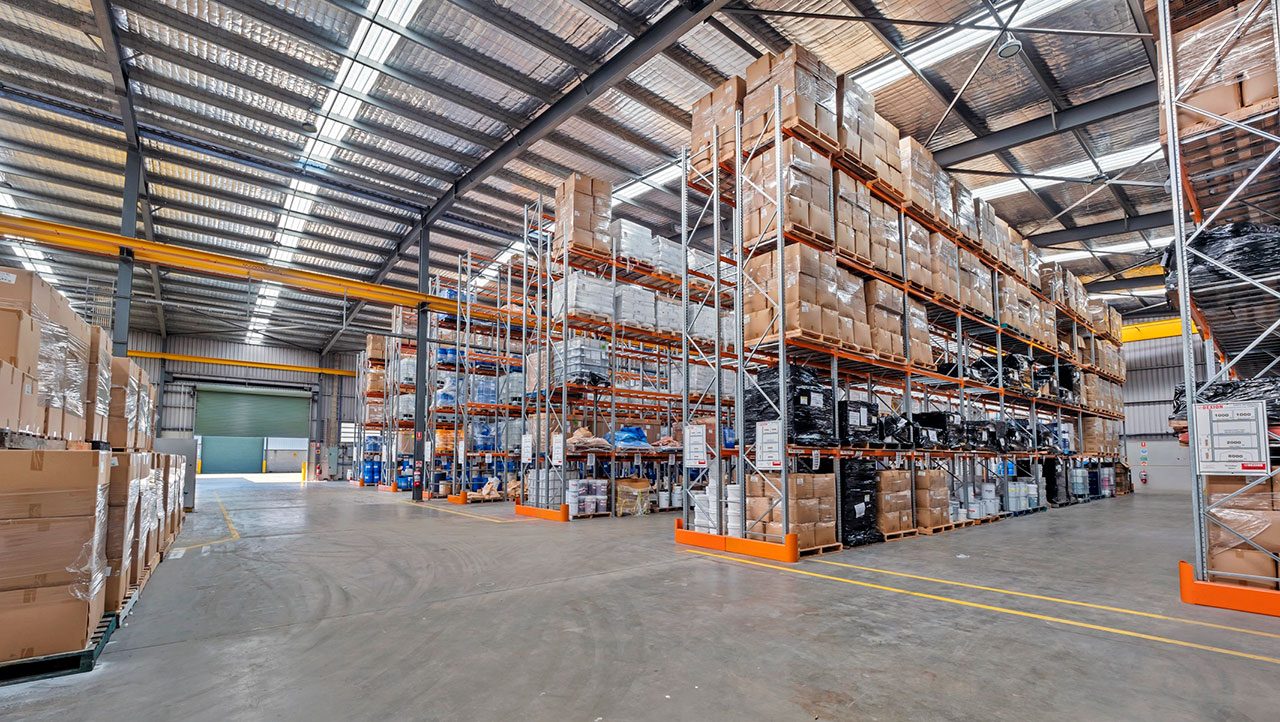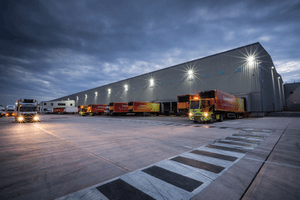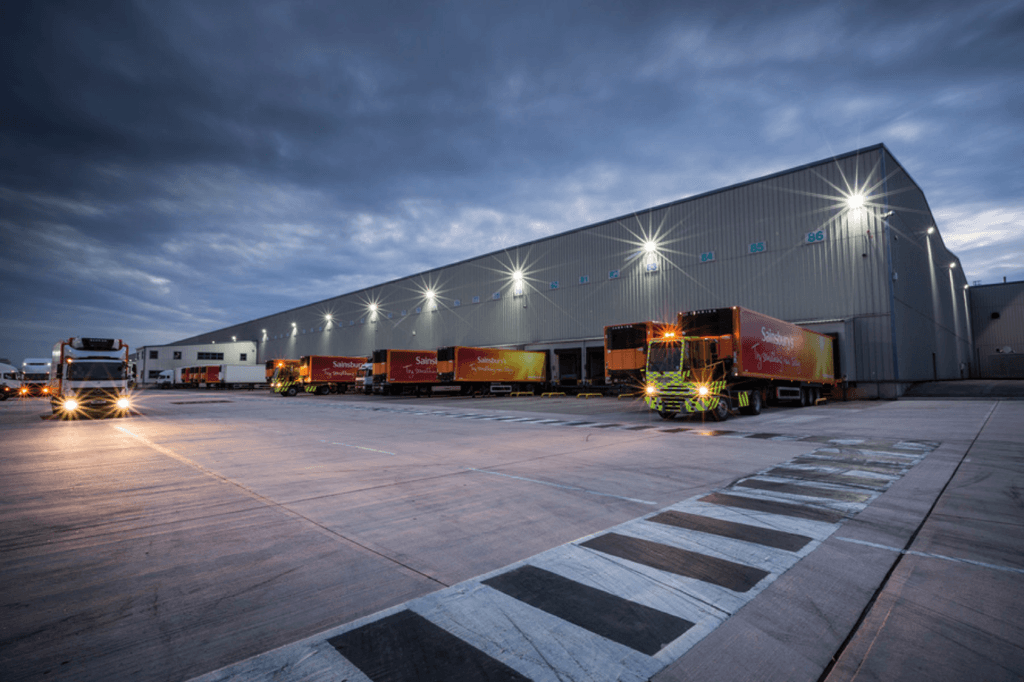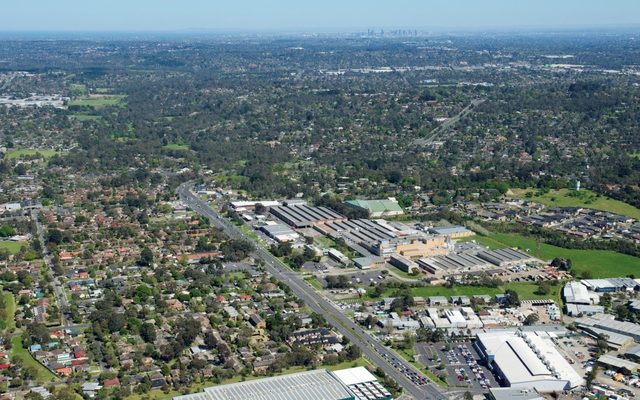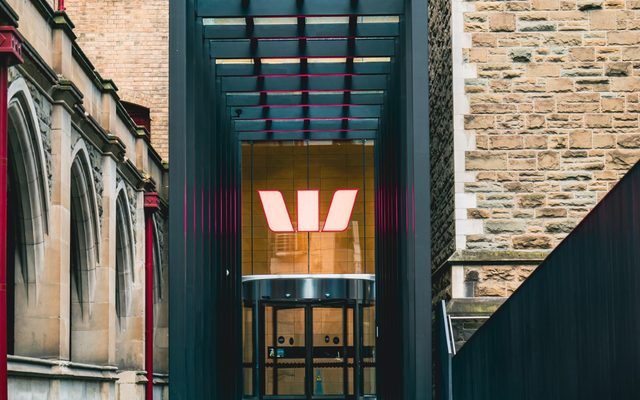This article is from the Australian Property Journal archive
INVESTMENT liquidity is making its way back to the Australian industrial property market, as vacancies return to early 2021 levels.
According to Knight Frank’s latest Australian Industrial Review for Q1 2024, vacancy levels have bounced back from extreme lows while the asset type still remains the most in demand stabilised sector in the country.
Across the Eastern Seaboard, vacancies doubled from Q4 2023 to Q1 2024 reaching 1.49 million sqm, sitting just 9% below the 10-year average.
“Over Q1 422,000 sqm of supply was completed, and supply for 2024 appears on track to reach 2.9 million square metres, exceeding the record level of 2023, at 2.6 million,” said Ben Burston, chief economist at Knight Frank.
Melbourne led the eastern capitals with a 454,513 sqm boost in vacancy, followed by Brisbane with 153,906sqm and Sydney with 151,703sqm.
With prime availability driving the increases, up from 439,091 sqm in Q4 to 1,017,274sqm in Q1.
“Meanwhile, leasing take up was 38% lower in Q1 at 507,000 sqm, the lowest since October 2020,” added Burston.
Over the quarter, leasing take-up was largely stable in Brisbane, increasing by 6.2%, while in Melbourne there was a 43% decline and in Sydney it dropped by 60%.
This was largely a result of limited precommitment deals.
“Annual take-up across the East Coast was 2.8 million sqm to the end of Q1, still 24% above the 10-year average but a slowdown compared to the recent past reflecting a scaling back of expansionary intent after the recent efficiency-driven surge in demand,” said Burston.
Investor sentiment still favours industrial assets in the Asia Pacific, outpacing BTR, office and discretionary retail assets.
“While significant capital is entering Australia for the living sector, much of this is for development, with few stabilised living sector assets available. This will continue to funnel funds towards the industrial sector,” said James Templeton, national head of industrial logistics at Knight Frank.
“While investment volumes in Australia’s industrial market were low in Q1 at $1.05 billion, with Sydney noticeably quiet as stubborn inflation continues to impact sentiment on the speed of monetary policy easing, Q2 began strongly and has already exceeded the Q1 level.”
This supports the forecasted lift in liquidity and stability in yields, while boosting confidence that institutional funds are returning to the industrial market.
Rents were stable in Brisbane and Sydney over the first quarter, while Melbourne recorded 5%-plus growth over three precincts resulting in Melbourne hitting its greatest annual growth rate of 9.2%.
Annual growth in Adelaide was at 8.9%, followed by Sydney at 7.7%, Brisbane at 6.2% and Perth at 4.7%.
